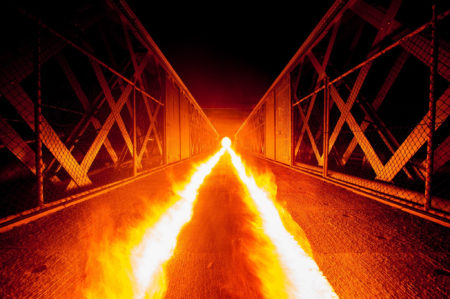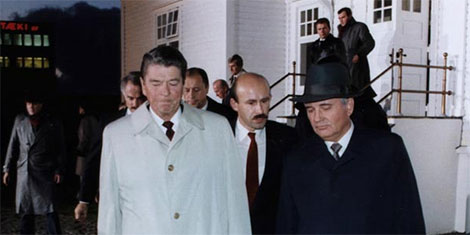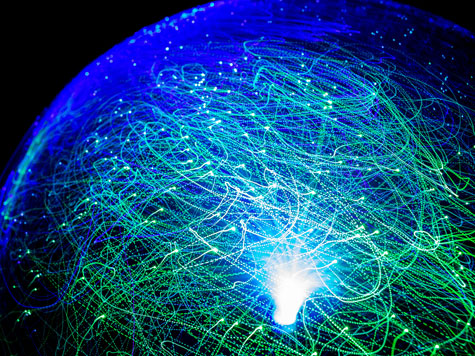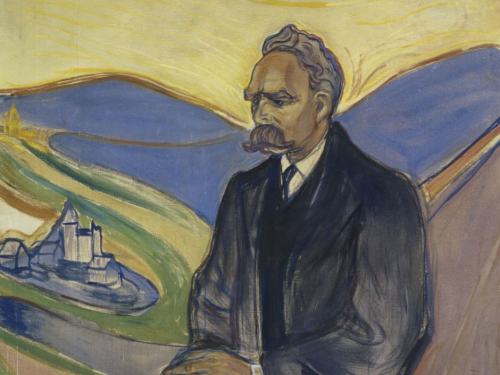
This article was originally published by E-International Relations (E-IR) on 24 May 2016.
Teaching theories of IR (or of anything really) doesn’t have to be done in an unstimulating way that puts students to sleep. I find that it often helps to relate complex, theoretical ideas to scenes that can be visualized and are either commonplace or known to students from pop culture. This is where I usually reference themes from or situations in movies or TV series in order to make sure students grasp theoretical concepts of IR.
One such movie series that has proven useful is the Back to the Future (BTTF) trilogy. The movies were first released in 1985, 1989, and 1990, respectively. Throughout the trilogy, protagonist Marty McFly journeys to four different points in time: 1885, 1955, 1985, and 2015. As such, it also took a stab at predicting 2015 from a 1980s perspective. The fact that “the future” was set in 2015 is why the trilogy re-appeared frequently in the media last year and even in the current presidential race. The different time periods in BTTF have been valuable for bringing concepts in courses such as IPE and IR theory to life.
Though there are surely many more examples, I identified four “best uses” of BTTF for connecting it to IR theoretical themes: (1) power-transition theory/U.S. global hegemony, (2) IPE export-led development strategies, (3) realism’s assumption that history repeats itself, and (4) constructivism’s challenge that anarchy is what states make of it.





